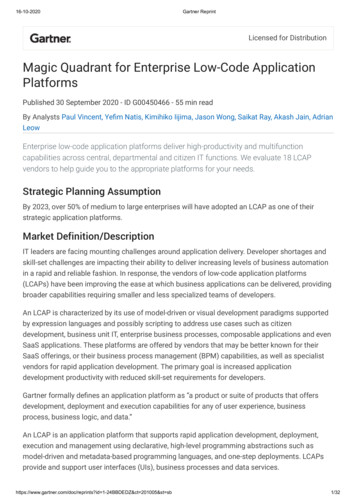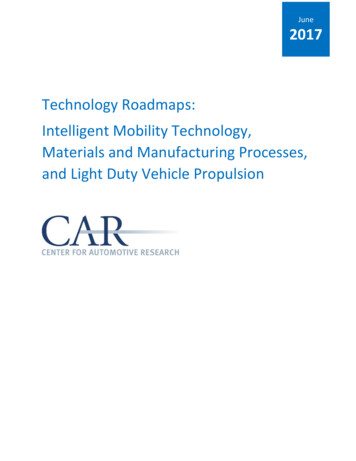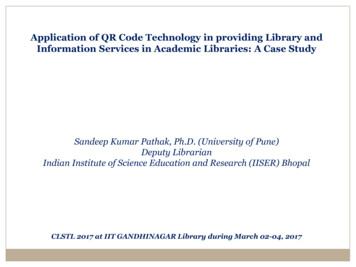
Transcription
Application of QR Code Technology in providing Library andInformation Services in Academic Libraries: A Case StudySandeep Kumar Pathak, Ph.D. (University of Pune)Deputy LibrarianIndian Institute of Science Education and Research (IISER) BhopalCLSTL 2017 at IIT GANDHINAGAR Library during March 02-04, 2017
Outline ObjectivesAbout Central Library, IISER BhopalAbout QR CodeFeatures of QR Code in Academic LibrariesRequirements for scanning QR codeProcess of generating QR codesBenefits of using QR Code technologyLimitations of QR code technologyConclusion
Objectives To attract and make wide awareness among library users towardslibrary resources To promote an use of open source technology To provide quick library information services to the academicusers community To promote mobile technology based services and promote mobilelearning To increase users satisfaction toward library services To save the time of the user To provide quick CAS services To provide quick ready reference services at the time of need
About Central Library, IISER Bhopal Central Library, IISER Bhopal is a State -of-the -Art modern academic library Having high quality research based information resources- 9000 print books- 34000 e-journals- 1000 e-books- Audio-Visual materials- Theses and Dissertations- Projects Reports, etc. Seating capacity for 410 usersWi-Fi enabled, having modern e-library (with 110 computers)RFID enabled servicesCCTV surveillanceTouch screen Web-OPAC terminalsComplete Library Automation (by using Open source library management software (KOHA))Institutional Digital Repository by using D-Space software
Central Library offers following services: RFID enabled self check-in/check-outDocument Delivery ServiceE-library with internet facilityResource discovery tool serviceInter Library LoanCurrent Awareness Service / SDIEmail alert serviceReprographic serviceDisplay of new books/Current periodicals /in-house publications Reading zone facility
Continued Discussion Room (online booking)Seminar Trial RoomBibliographic serviceAbstracting serviceIndexing serviceReady Reference serviceReferral serviceLibrary websiteOrientation classes for Reference managementtool (ex. Zotero, Mendeley), anti-plagiarismsoftware (ex. Turnitin), Citation database(Scopus, Web of Science, Google scholar),Remote Login access (VPN), etc.
Central Library, IISER Bhopal
Central Library, IISER Bhopal (Ground Floor)Personal Belongings AreaCirculation Desk/e-BulletinLibrary Entrance GateBrowsing AreaReading ZoneDiscussion Room
Central Library, IISER Bhopal (Ground Floor)Browsing AreaText Book CollectionReading ZoneRFID enabled Self Check-In/Check-OutKiosk and Web-OPAC Terminals
Central Library, IISER Bhopal (First Floor)Reserve Book CollectionReading ZoneCurrent PeriodicalsFaculty Publications
Central Library, IISER Bhopal (Second Floor)e-LibraryReference CollectionReading Zone
About QR CodeA Quick Response (QR) code is a matrix barcode readable by smartphones and mobile phones with cameras. They are sometimesreferred to as 2d codes, 2d barcodes, or mobile codes. The QR codetypically appears as a small white square with black geometricshapes, though coloured and even branded QR codes are now beingused. QR codes can hold much more information than a regularbarcode. The information encoded in a QR code can be a URL, aphone number, an SMS message, a V-card, or any text. They arereferred to as QR because they allow the contents to be decoded athigh speed.
Usually five type of QR codes are available. These are QR codemodel 1 and model 2, micro QR code, iQR code, SQRC and frameQR code. Frame QR code is more advanced type of QR code withcanvas area where available space for inserting other thing forpromoting as you like. Static and dynamic are two type of QRcode where dynamic QR code is editable anytime even afterprinting. The images of different types of QR code is given below.
Features of QR Code technology Free and open sources technology High storage capacity of data Small space required for print Reading capability of QR Code from any direction Capability to restore partially data or content of damaged QR codes Structure appending feature
Requirements for scanning QR code Smart phone with QR Code reader/scanner orHandy scanner/handy terminals/fixed scannerInternet FacilityPrinter
Process of generating QR codesThe process of generating QR Codes is very simple. There are many QRcode generators easily available on the web.Steps for generating QR code for any document First one need to select QR code generator website(ex.: http://www.qr-code-generator.com)(Screen shot-1)
Need to select one of the desired navigation tools (like PDF, URL, images,text, MP3 etc.)(Screen shot-2) Uploading the desired document (ex. pdf document) and click at next(Screen shot-3)
Click at done(Screen shot-4) Now file is ready to download and save(Screen shot-5)
Benefits of using QR Code technology Open source technology, available free of cost Simple implementation process and user friendly technology. Users do not need specialknowledge for using QR code, only required smart phones like iPhone, Android phone etc. withQR code scanner QR code are also being used in providing Document Delivery Services by academic libraries It is also helpful in increasing information literacy and technology literacy among library users It enables to connect users with library resources like Web-OPAC, Institutional DigitalRepository, Library website, e-Resources, Library Guide, New Arrivals and others usefulresources of the library without wasting the time of users Large storage data capacity in small space When awareness increase towards this technology, it will become an interesting technologyamong library user community and helpful to achieving library goals
Limitations of QR code technology QR code technology only effective when users have a smart phone / iPhone etc. withQR code reader and internet facility. Awareness among users toward QR code technology is also essential.
Application of QR Code in Academic LibrariesUse of QR codes in providing Current Awareness Service / Ready Reference ServiceLibrary WebsiteWeb OPACList of Ph.D.ThesesBook Requisition /Library MembershipFormDigital Payment forLibrary BookoverdueList of CD-ROMsLibrary ManualInstitutional DigitalRepository (IDR)Open AccessResourcesNew ArrivalsList of printmagazinese-ResourcesLibrary GuideUnion Catalogueof e-ResourcesDiscovery ToolServiceQR Code Panel @ Central Library, IISER BhopalList of NewsPapers
QR Code Panel @ Central Library, IISER Bhopal
QR Code for Web-OPAC @ Central Library, IISER Bhopal
Library Mobile AppCentral Library, IISER Bhopal is also working on to develop Library MobileApp and soon it will operational. Users can access library resources even whenthey are not present in library. By using Library Mobile App, users can accesstheir library account such as due dates, place a hold, renew a book. Libraryhours, phone numbers can also be checked. Users can also search the catalogueby author, title, subject, accession no, or keyword.Beta version: http://182.30.1.60/mkk.apk
ConclusionLibraries are known as a treasure house of knowledge by having its highquality and rich information resources which are freely provided for academicuser community. With the increase use of mobile technology, library shallimplement mobile based QR code technology to connect user community withinformation resources. This technology reflects greater impact on academiccommunity. Although the future of QR codes is not clear right now, QR codesare being used in increasingly larger numbers across the India especially forcashless transaction. Now QR codes have appeared in magazines, newspapers,cashless shopping, retail stores and several other places. QR codes will notreplace any technology however efficient uses of these QR codes can enhancethe user experience at large and alter how s/he interacts with the academiclibraries, the librarians and the library collection.
d, Robin. (2010). QR codes and academic libraries: Reaching mobile users, College andResearch Libraries News. 71 (10), Pp 526-5304.Structure of QR code. https://en.wikipedia.org/wiki/QR -wave.comSchultz, M.K., A case study on the appropriateness of using quick response (QR) codes in librariesandmuseums, Library & Information Science Research (2013), http://dx.doi.org/ 10.1016 /j.lisr.2013.03.0029.Bruce E. Massis, (2011),"QR codes in the library", New Library World, Vol. 112 Iss 9/10 pp. 466 0. (2009),"Quick response codes and libraries", Library Hi Tech News, Vol. 26 Iss 5/6 pp. 7-9http://dx.doi.org/10.1108/0741905091098525511. Dantrea Hampton , Amanda Peach & Benjamin Rawlins (2012) Extending Library Services with QRCodes, The Reference Librarian, 53:4, 403-414, DOI: 10.1080/02763877.2012.70457612. Walsh A. 2010. QR Codes – using mobile phones to deliver library instruction and help at the pointofneed. Journal of information literacy, 4(1), pp. 55-64. http://dx.doi.org/10.11645/4.1.1458
Thank Youskpathak@iiserb.ac.in
Sandeep Kumar Pathak, Ph.D. (University of Pune) Deputy Librarian Indian Institute of Science Education and Research (IISER) Bhopal CLSTL 2017 at IIT GANDHINAGAR Library during March 02-04, 2017 . Outline Objectives About Central Library, IISER Bhopal About QR Code Features of QR Code in Academic Libraries Requirements for scanning QR code Process of generating QR codes .


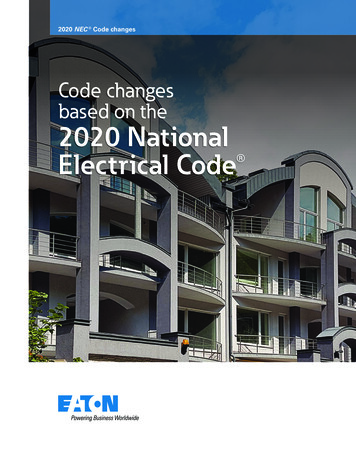

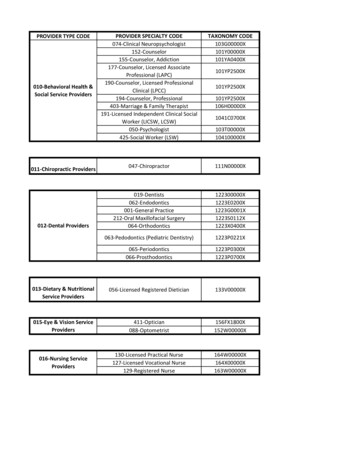
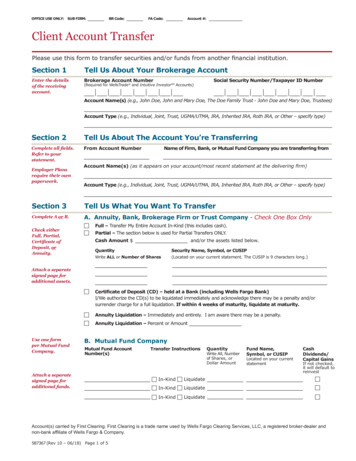

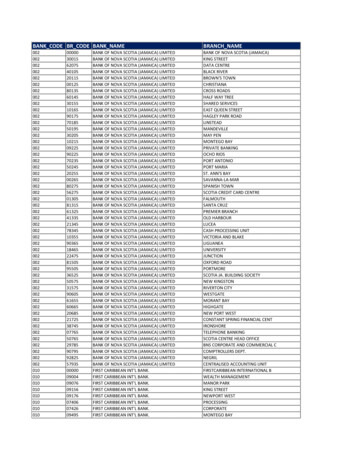

![[21] Application Number: 3/2020/050031 Document Code](/img/3/v24n41-id-1st.jpg)
